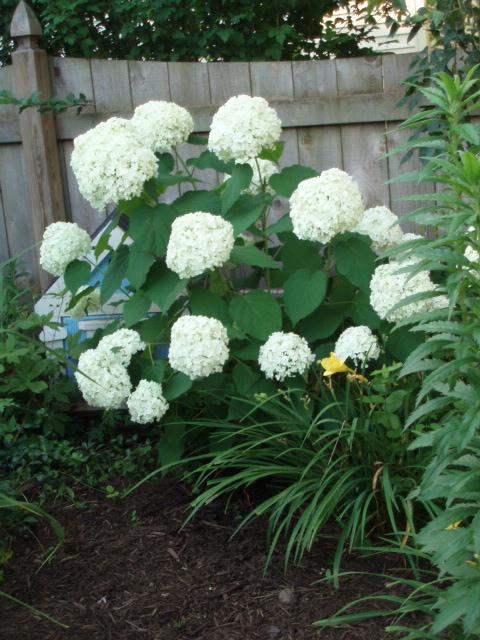
Until recently, hydrangea cultivation in Siberia took place under room conditions on window sills in the form of a pot culture. Yes, this is understandable - Siberian frosts are destructive for the southerner, whose homeland is the subtropics of Japan and China. Under natural conditions, flowering hydrangea is a small tree or tall shrubs, maybe 30 meters long liana. Some species are deciduous, others are evergreen. In open ground, deciduous hydrangea is cultivated in Transcarpathia, on the Black Sea coast and in the Caucasus, where there are acceptable climatic conditions for it. Climate warming on the planet allowed the hydrangea aristocrat to settle in the gardens of the more northern regions of Russia - in the middle lane, in the Moscow region, but here she can winter only in good and proper shelter. Now, thanks to the efforts of flower growers, garden hydrangea in Siberia is no longer surprising. You only need to know which of its varieties Siberian frosts can tolerate, and surround the tender beauty with care, attention and love.

The most beautiful flowers give varieties of large-leaf hydrangea. Flower balls with a diameter of up to 25 cm of the most diverse colors are delightful. But such varieties are not suitable for Siberian floriculture - it is too cold here for the plant. Sprigs on which flower buds are laid can freeze. And the plant will be miserable, and the labors will be in vain. It is better to grow such hydrangea in large flowerpots, providing it with room conditions for the winter. For open ground in areas with a sharply continental climate, a more winter-hardy type of this decorative plant, panicled, is suitable. Hydrangea in Siberia will not grow as powerful as in the south. But with good warming, the shrub will overwinter and bloom abundantly in hot summers.
LandingHydrangea in Siberia needs to create a microclimate - choose a place protected from the wind. The plant is photophilous, but the bright sun does not tolerate. The alkaline soil is not suitable for hydrangea - it will become ill with chlorosis (the leaves will turn yellow). The best soil will be slightly-acidic, composed of equal parts of leaf and sod land, sand and peat. Planting time - spring after thawing the soil. For 2-3 weeks before planting, prepare a hole measuring 50 x 50 x 50 cm, fill it with loose soil. The root neck of the plant does not penetrate - this is important! Abundantly water and mulch the soil. Hydrangea is a very hygrophilous plant, not without reason its real name is hydrangia ("a vessel for moisture"), so make sure that the soil around is constantly moist. Once a decade, pour a solution of iron salts - prevention of chlorosis. Fertilizers: slurry diluted with water in a proportion of 1:10; weakly pink solution of potassium permanganate; in the first half of summer - potassium sulfate or ammonium sulfate; at the end of summer - superphosphate. Pruning is done in the spring, but after the bush reaches 4 years of age. Propagated by green flexible cuttings.

If September is too rainy, then shelter is made over the bush so that there is no too wet soil. Cut off faded balls. Hydrangea in Siberia is insulated as follows: with the approach of colds, the branches of the shrub carefully bend as close to the ground as possible with a shield of dry thin boards, then lay 2-3 layers of covering fabric, cover it with dry foliage, sawdust, and then a layer of thin polyethylene, on which stack coniferous spruce branches. Around insulation warm up the soil. Leave 2-3 outlets that close only in the coldest period. Snowfall will be the topmost layer in the insulation. In spring, the layers are removed gradually one after another.